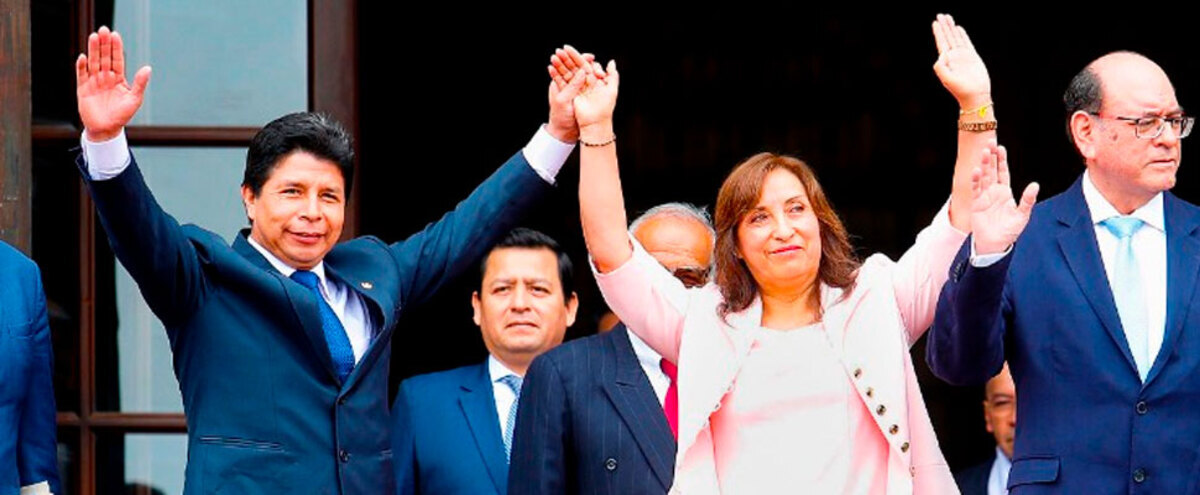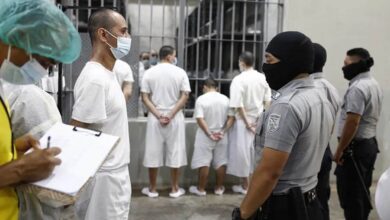Read more content like this at: thewomanpost.com

Diana Sedano
Listen to this article
From Pedro Catillo to Dina Boluarte
The removal of Pedro Castillo after the approval of the permanent motion of moral incapacity by the Peruvian Congress on December 7 has left Vice President Dina Boluarte as the new president. As the first-ever female head of state, she has mentioned that her administration will start by bringing together the different political forces. Even though protesters in the country demand new elections, Boluarte managed to consolidate her cabinet three days after her appointment. There will be 17 new ministers, of which nine are women: among them the minister of Foreign Affairs, Education, Health, Agrarian Development, Irrigation, Production, Housing, Women and vulnerable populations, and Environment. None of those appointed is part of former President Castillo's cabinet.
Will there be any governability?
Considering the current crisis, Boluarte has been insistent in asking for respect, dialogue, and tolerance. Her main challenge will be to achieve an articulation between the executive and the legislative to provide stability to the Peruvian people that vehemently demand it. Given the lack of support from a specific party and within Congress, there are doubts as to whether there will be governability. In addition, among the announced priorities is the fight against corruption. This is a recurrent phenomenon in Peruvian politics that has manifested itself during the country’s political instability, with six presidential mandates during the last six years.
While Boluarte calls herself on the left of the political spectrum, she has stated that her agenda will differ from former President Castillo’s. Part of the criticism of the Castillo and Boluarte government was that, in the face of a shift to the left in Latin America, Peru had a non-progressive left. Some sectors expect a strengthening of the center and progressivism. However, public opinion speaks of a high probability that this will be a transition government. The country's agrarian unions and peasant and indigenous organizations have declared the beginning of an indefinite strike until new elections are held, and constitutional reform is made.
The new president has recently declared a state of emergency. Therefore, the coming weeks will be crucial in preventing social unrest in the country. Dina Boluarte's lack of political experience generates expectations. The 60-year-old lawyer previously worked in Peru's national registry and identification office and, in 2018, she ran unsuccessfully for mayor of Surquillo; besides these, she has not held any other position in politics.
A woman president is no guarantee of a government for women
Boluarte has become the 14th female president in Latin America. As a woman, she has suffered the pressure of the media that have sought to make her private life known. The fact that she is a divorced woman determines the way she is being perceived by public opinion; an issue that male presidents would probably not have to suffer. However, Boluarte has not achieved the support of women and feminist groups. Several women's and diversity organizations gathered and released a declaration rejecting Dina Boluarte's government, demanding the closure of Congress and demanding release and restitution of Pedro Castillo. They denounce “a conspiracy promoted by Dina Boluarte in which also participate voices of the right-wing that support anti-rights, fascist and negationist discourses of the demands of the Peruvian population, and that for decades have governed Peru increasing poverty and social inequality.”
In this sense, Boluarte will have to gain the confidence of the parties and the congress, as well as that of the Peruvian population who do not trust any government. She is also requesting her recognition as president to other countries in the continent, such as Colombia, Mexico, and Bolivia, that still recognize Pedro Castillo's government as legitimate.




